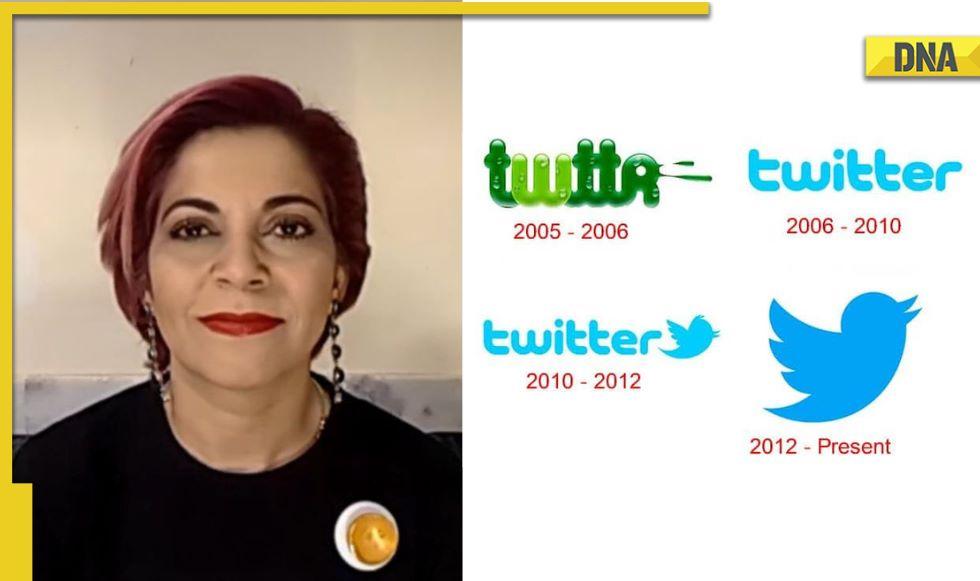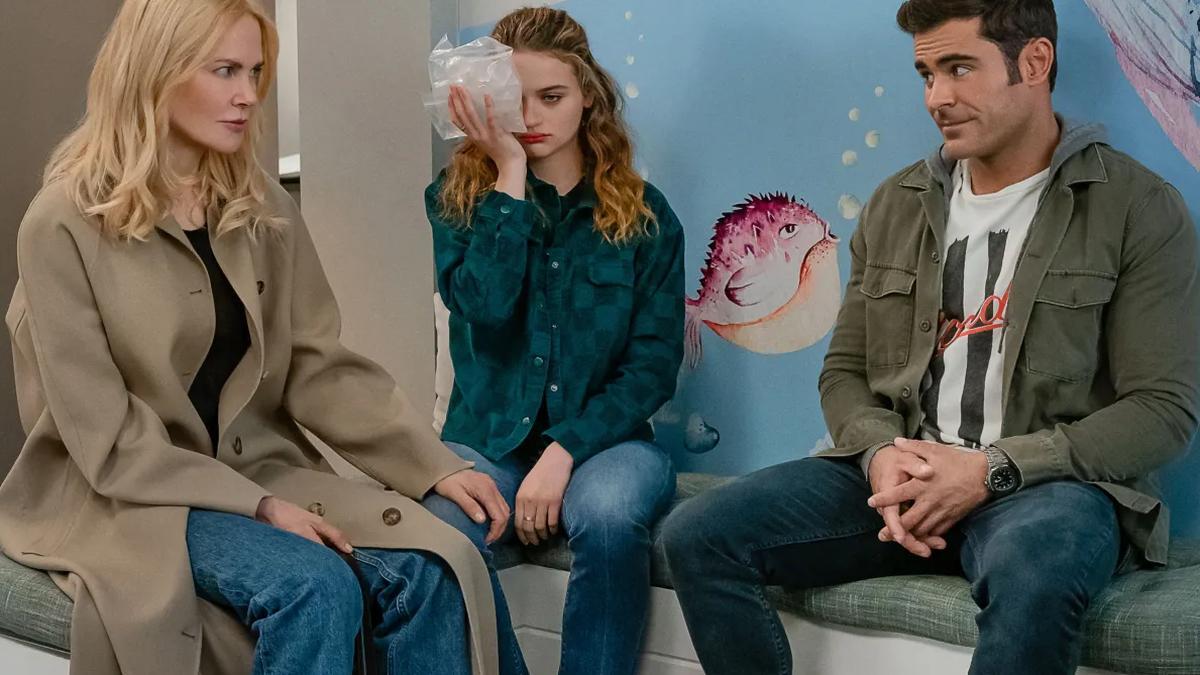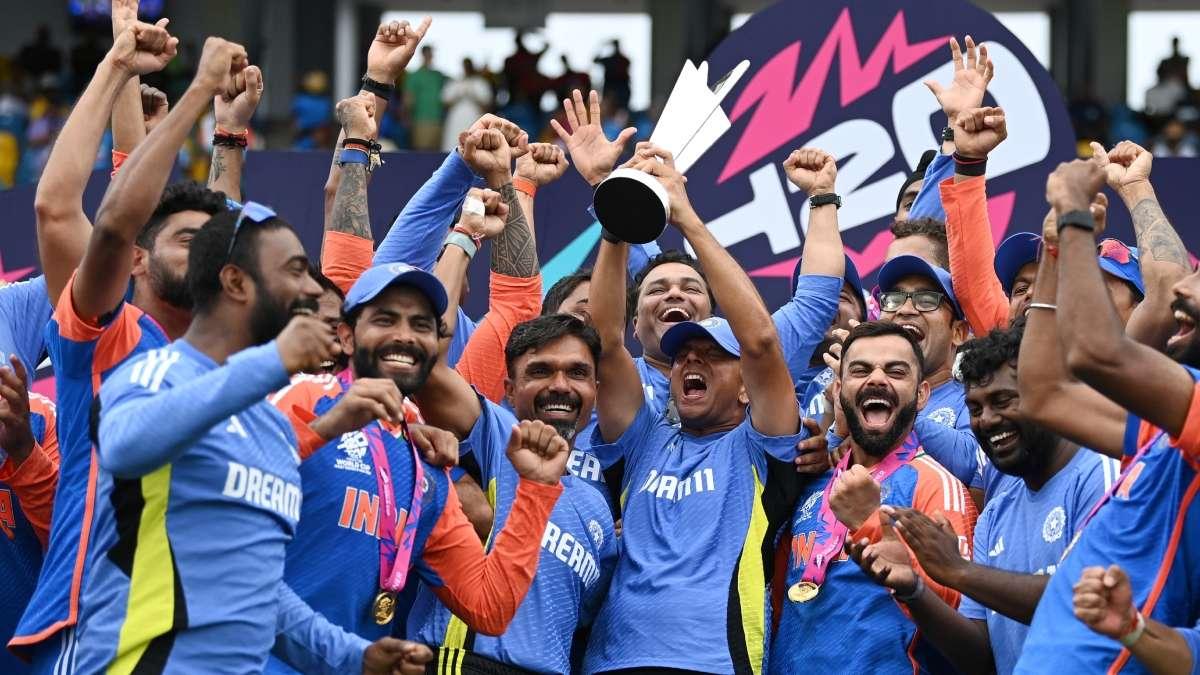
On October 28, 2022, Elon Musk took over Twitter, acquiring the company for a substantial USD 44 million, despite its unprofitable status. With this significant purchase, Musk has made drastic moves to recoup his investment, including substantial workforce reductions and imposing demanding working conditions on employees, such as 12-hour shifts with no rest days.
One of his strategies to uplift the platform financially was to introduce a subscription fee for acquiring the blue verification tick, setting the price at USD 8 per month (approximately Rs 650 per month). However, this plan faced considerable backlash, leading to a temporary suspension. Industry observers caution that Musk’s audacious steps might imperil Twitter’s standing as a leading social media platform.
Statista reported that as of January 2022, India had around 23.6 million Twitter users. Interestingly, although India contributes to a significant user base, it represents a minuscule fraction of Twitter’s global revenue. For instance, the registered entity of Twitter in India recorded Rs 86.39 crore as revenue in FY21, which was a mere 0.23 percent of the global revenue. Even after an 82 percent revenue jump in FY22 to Rs 156.75 crore, the India entity reported a net loss of Rs 31.84 crore for FY22.
Amidst continuing upheaval under Musk’s stewardship, we sought insights from Naina Redhu, who is perhaps the first Indian user of Twitter. Naina, who signed up in 2006 when the platform was known as TWTTR, shared her experiences and perceptions of the platform’s evolution and Musk’s recent overhauls.
Naina recounted her early days on the platform, illustrating a time when Twitter had a very limited reach in India. “When I joined, I noticed a few users who seemed to already know each other, all located in Palo Alto. They would plan meet-ups for coffee or pizza, leaving me wishing for someone in Mumbai to interact with the same way. It felt like the platform wasn’t intended for users in India,” she elaborated.
She realized she might be Twitter’s first Indian user after someone pointed her to an article listing the first 140 people to sign up on Twitter—a list where she found no Indian names.
. “I even blogged about it with the title ‘Am I the first Indian Twitter user?’ and received confirmations from many who couldn’t find another Indian user. So I became widely accepted as the first Indian on Twitter,” she explained.
Highlighting Twitter’s transformation over the years, Naina reminisced about the simpler times with the iconic 140-character limit, which, according to her, rendered a unique challenge to concisely articulate thoughts. With the character limit increased to 280 and the introduction of threaded tweets, Naina opined that Twitter started resembling a traditional blogging platform.
She also spoke nostalgically about the “Fail Whale,” a whimsical error message that appeared during server overloads, indicating the platform’s early growing pains. “Though it signified technical challenges, the Fail Whale had its charm, sparking conversations among users worldwide. Today’s Twitter rarely crashes, marking its development, but it’s an element I sometimes miss,” Naina shared.
Over the years, she noted a significant shift in the platform’s community aspect. Initially fostering small, engaging communities where meet-ups, or “Tweet-ups,” were common, Twitter has since morphed into a hub for political discourse and controversial topics—a change Naina regards as a departure from its initial personal touch.
Considering Musk’s acquisition and the slew of changes following it—such as the proposal of a subscription fee for the blue tick verification—Naina expressed skepticism about people’s willingness to pay. “The essence of verification was to authenticate real identities. However, if the blue tick no longer holds true to this purpose, Musk’s plans might backfire. I’ve survived without paying for Twitter’s premium features for 16 years and see no need to start now,” she remarked, pointing out the potential confusion users felt about the dual badges Musk’s team proposed.
Reflecting on Elon Musk’s experimentation with Twitter’s features, Naina drew parallels to Twitter’s earlier days. “Back then, Twitter frequently took user feedback to shape its developments,” she remarked. She described Musk as a polarizing figure whose radical initiatives might either revolutionize or jeopardize the platform.
Despite the looming uncertainties, Naina remains somewhat optimistic about Twitter retaining its loyal user base. While other emerging platforms like Koo and Mastodon offer alternatives, she believes Twitter’s pioneering role and extensive user community afford it a competitive advantage. She concluded, “Unless there’s a massive exodus or Musk significantly undermines the platform, Twitter’s fundamental user base will remain sturdy. Everybody wants to be where everyone else is.”
As the whirlwind surrounding Elon Musk and Twitter continues, it sparks sharp debates and fervent discussions, demonstrating once again how central Twitter remains in the digital conversation.










